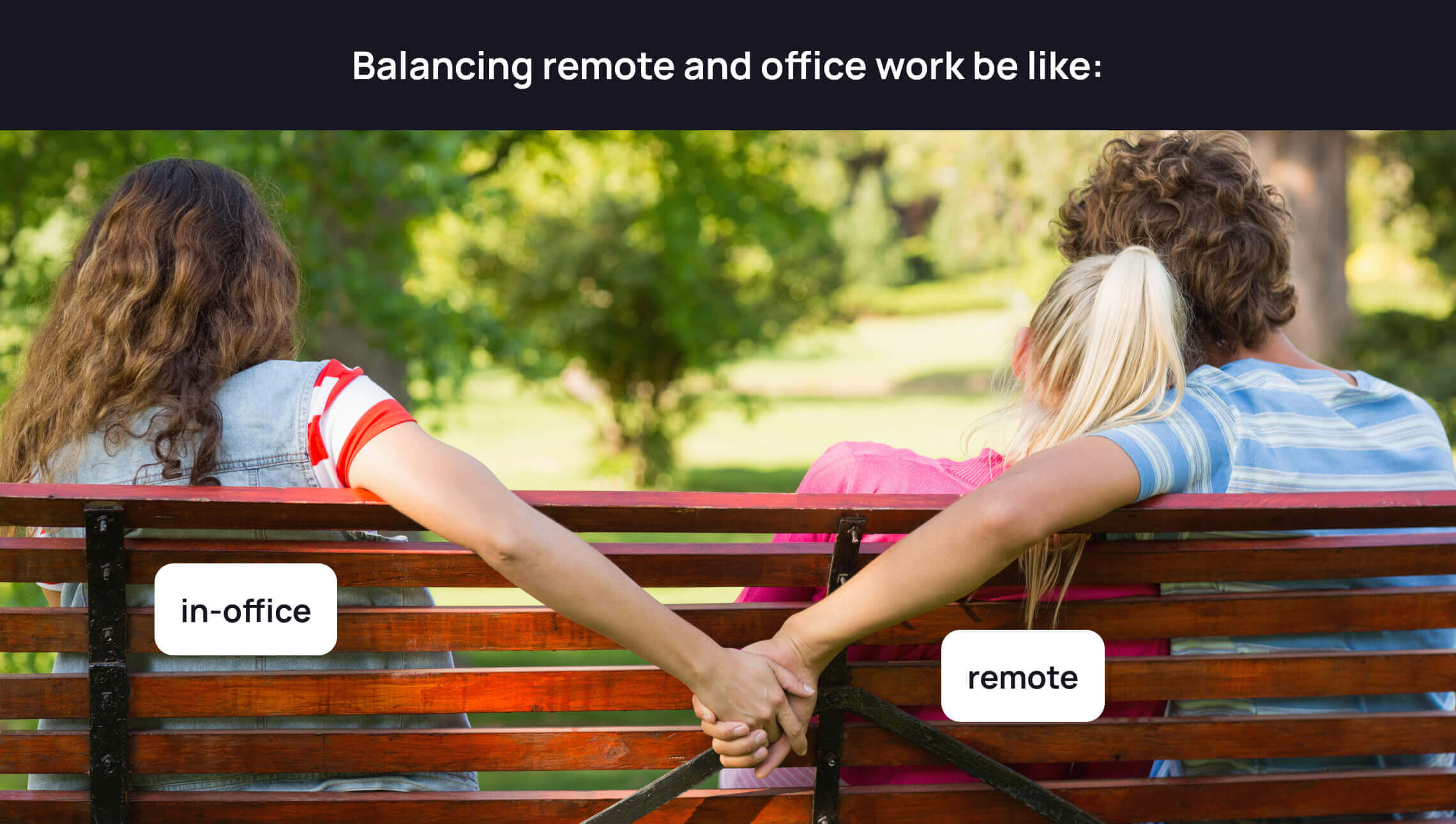Simplifying Custom Financial Software Development

Building software from scratch can be really tough, especially in something as rapidly developing and strictly regulated as finance. Below, we’ve singled out the most important aspects of custom financial software development and shared some tips and best practices you can use when developing your own solution.
Custom or Off-the-Shelf?
Previously, we discussed when custom software development is needed and what benefits it has vs. buying off-the-shelf solutions. What we haven’t mentioned is that it also provides businesses with greater access to the latest technologies. You can ask your software partner to furnish your product with anything from an AI virtual assistant and a chatbot to more sophisticated fintech like blockchain and embedded finance.
Naturally, all these and other technologies are available within boxed software. But with a custom-built solution, you will be able to make the most out of their capabilities. A dedicated development team will take into account all your needs and wants and offer you the best ways of integrating the latest technologies into your software. So instead of tailoring your goals to the ready-made functionality, you can tailor the functionality to meet your goals.
Things to Consider When Developing Custom Financial Software
In our special series of blog articles about custom development, we’ve shared some best practices for creating tailored applications and discussed the ideas to keep in mind when preparing for a custom software development project. Feel free to check them out.
In this article, we’ll focus on the three key aspects of custom software development in the financial industry — security, compliance, and choosing the right partner.
Data Security
Currently, the financial sector is the second most cyberattacked industry after manufacturing. The massive amounts of sensitive data that can be sold on the dark web for a pretty penny make it an extremely tempting target for hackers.
Therefore, data security should be your priority when developing financial software from scratch. And the earlier you start working on it the better. According to IBM, it’s 6 times more expensive to fix a bug during implementation and 15 times more costly during testing than to fix the same bug during the design stage.
Consider using DevSecOps (development, security, and operations). It’s an application security approach that involves introducing security into all stages of the SDLC — from initial design through coding, implementation, testing, deployment, and delivery. DevSecOps is turning security from an “afterthought” into a continuous process, from a task of QA engineers into a shared responsibility of all team members. By addressing any issues head-on you will save a lot of time, money, and effort on fixing the final product.
Integrating artificial intelligence in financial software is also a great way to safeguard data. With AI, you can proactively react to cyberattacks, accurately detect threats, quickly investigate and automatically respond to them. Not only that, but the financial savings are astronomical. According to a study by the Ponemon Institute, in 2020 organizations with AI and automation in place paid $3.81 million less for data breaches than those without it.
Another technology you might want to invest in for greater data security is cloud computing. By building software in the cloud infrastructure of a reliable provider, you can rest assured your data will be duly protected from any threats. Check out our article about creating a cloud-based trading platform to learn how to choose the right vendor.
Compliance
A big part of data security is compliance. Today, financial solutions must meet a whole host of regulations and standards. These include government laws on cybersecurity, cryptocurrency, open banking, anti-money laundering, data protection, the use of artificial intelligence, etc. as well as industry standards like PCI DSS, SOC 1 & 2, etc.
Your job as a software provider is to make sure the product you’re developing meets the latest requirements. This will help you not only prevent errors and security weaknesses, but also avoid huge fines. Surprisingly enough, with all its high cost, compliance costs are twice lower than non-compliance penalties.
Partner
Eventually, the security, compliance, and overall success of your product come down to choosing the perfect partner. When drawing up a list of vendors, make sure your candidates have experience and expertise in custom financial software development. They should be well-versed in the latest regulations and standards, understand the specific needs of businesses in this industry, and be able to help you every step of the way — from requirements gathering to system deployment and maintenance.
First, research the background of your potential partners. To do so, you can check out their profiles on Clutch and portfolios on their corporate websites to see the projects they’ve completed and read reviews from previous customers.
Second, make sure that your partner can provide the utmost security of data during both software development and product operation. They should offer end-to-end data encryption, and 2-factor authentication, segregate sensitive data, apply strong identity management practices, and follow all secure software development practices.
Why Develop Custom Financial Software with Softarex
Softarex combines 22 years of experience, secure software development practices, and first-hand knowledge of industry regulations and standards with expertise in data science, computer vision, and big data & analytics. Our portfolio includes solutions for personal finance management, online trading, and online banking. Feel free to check it out.
And if you already have an idea for your next fintech project, we’ll gladly help you realize it. Contact us to discuss your software development needs.





